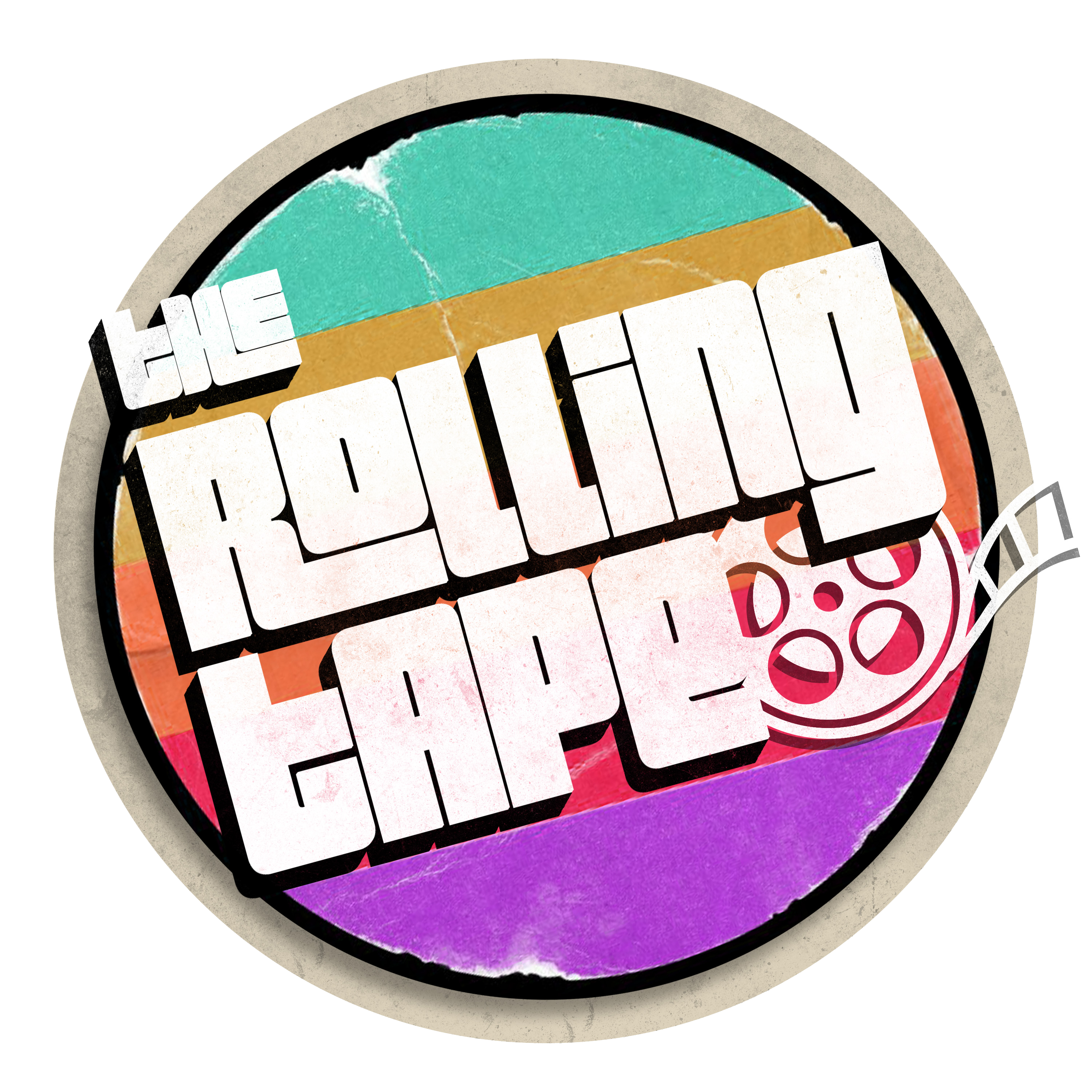Existentialism is more evident in film than ever given the current societal shifts. In recent and upcoming films, there are common themes about life, death, and our place in the world concerning issues big and small. As humans, we are constantly looking for answers to life’s big, unanswered questions. According to Osgood Perkins, a film about a deadly wind-up toy monkey can answer these questions.
The Monkey (2025) is the most absurd horror film of the year, at least so far. Based on the Stephen King short story, the film follows Hal (Theo James) as a titular wind-up monkey toy from childhood returns to cause misfortune and death to the people surrounding it. As Perkins’ follow-up to Longlegs (2024), one of the most significant horror films in recent memory, there was a high bar for this film to hit.
This film is about what comes before: past trauma, mistakes, and the consequences of the characters’ actions all conveyed through this mysterious toy monkey. There is never an explanation for the monkey’s behavior or how exactly it does what it does; it just does. Hal’s arc in the film centers on his mistakes as a son, a brother, and a father and how that informs his actions in the present day. The Monkey comes off as a King adaptation right off the bat with this discussion of childhood trauma and reconciling with the past, but there are points where it parodies King in plot details, such as a setting in Maine and an obvious reference to a previous work of his that I won’t spoil.
Despite its compelling themes, The Monkey falters in its writing, often staying a smidge too surface level to really let audiences dig deep into the characters they are following. Despite being consistently well-paced, this issue has been a problem with almost all other Perkins films, even Longlegs. It feels like something is constantly missing in the screenplay to maintain the audience’s attention, too predictable for its own good. These qualms do not completely ruin the film, and it’s clearly something that seems evident in Perkins’ writing style, but it can certainly take audiences out of the world he has built.
What surprised me the most about The Monkey was its deep-rooted unseriousness and how much it plays that up for the audience. As Perkins’ follow-up from Longlegs, it is evident that, despite his past of having much more subdued, character-driven stories, he is capable of crafting one of the best absurdist horror comedies of the year.
The Monkey is brutal and unrelenting, facing audiences with the reality of death even if the deaths themselves are wacky and sometimes physiologically impossible. This film may turn people away because of its differences from Longlegs, but it uses that to its advantage by differentiating itself from most modern horror films as well.
The film’s lead performance is tamer than its supporting performances, which further emphasizes the absurdity of the world around it. James grapples with the death-ridden world around him and is the biggest standout of the film. He is clearly on a comeback streak after his performance in season 2 of The White Lotus (2021). As someone who remembers his Divergent (2014) days, I am hopeful that he will get more prestigious work following this film.
Tatiana Maslany is another standout, providing iconic deadpan line deliveries during her short screen time. Perkins’ direction aids these performances and is a clear highlight of the film, but the performances can be a bit overdramatic and feel soap opera-esque at times. It may turn people away by coming off as too self-aware, but the film never aims to take itself seriously.
In terms of its visual presentation, the film does not look as clean as Longlegs, but it doesn’t need to be. These two films are incredibly different in style, writing, and premise, so it wasn’t expected that this film would have the eerie, high-brow qualities that Longlegs does. The Monkey is supposed to look uncomfortable and cluttered, and this is evident in its lighting. The film utilizes colorful as well as fluorescent lighting to highlight the characters’ anxiety, because, at any turn, a gruesome “accidental” death could be discovered. The shot choices are anxiety-inducing too, often placing Hal by himself to emphasize how disconnected he is from the world around him. It’s no Longlegs, that is clear, but it has its own visual identity that sets it apart from other Perkins films.
Despite the praise from critics and horror fans, The Monkey will not be for everyone. It is a deeply unserious film that, while it falters in its characterization due to Perkins’ script, touches on the concept of death and the inevitability of it through wildly absurd means. This entry for Perkins is nothing like any of his previous films, but the range exhibited in his direction and writing is enough to keep audiences invested in this filmmaker and what he cooks up next.
Review Courtesy of Nadia Arain
Feature Image Credit to NEON via IMDb

Recent Comments